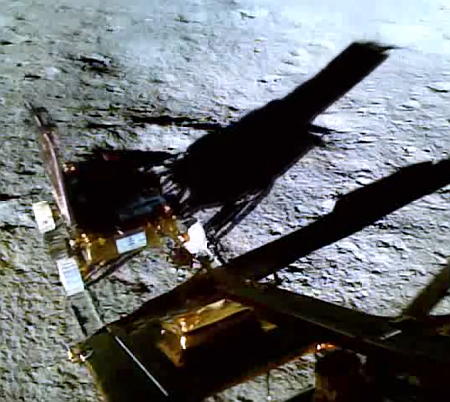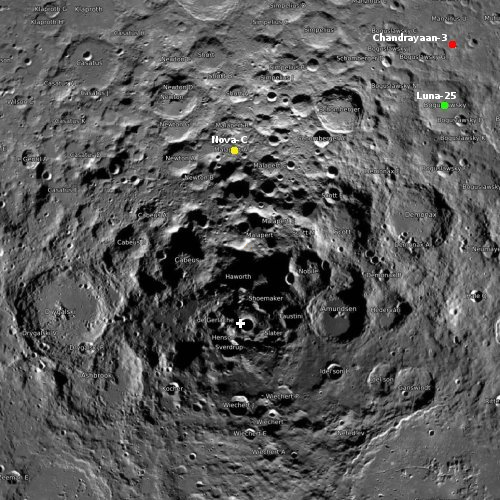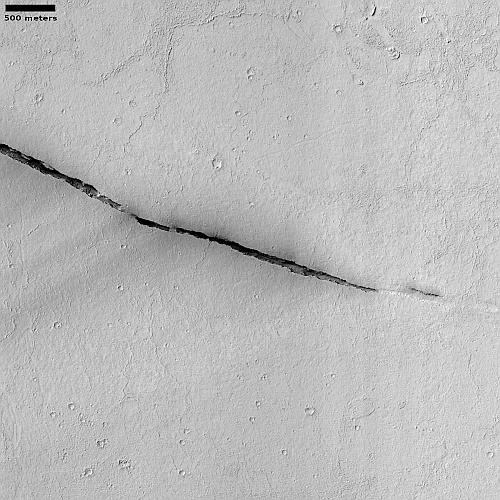SpaceX launches another 22 Starlink satellites
In its second launch from Cape Canaveral in less than 24 hours, SpaceX today placed another 22 Starlink satellites into orbit, using its Falcon 9 rocket.
The first stage completed its third flight, landing successfully on a drone ship in the Atlantic.
The leaders in the 2023 launch race:
59 SpaceX
37 China
12 Russia
7 Rocket Lab
In the national rankings, American private enterprise now leads China in successful launches 68 to 37. It also leads the entire world combined, 68 to 60, while SpaceX by itself now trails the rest of the world (excluding American companies) 59 to 60 in successful launches.
In its second launch from Cape Canaveral in less than 24 hours, SpaceX today placed another 22 Starlink satellites into orbit, using its Falcon 9 rocket.
The first stage completed its third flight, landing successfully on a drone ship in the Atlantic.
The leaders in the 2023 launch race:
59 SpaceX
37 China
12 Russia
7 Rocket Lab
In the national rankings, American private enterprise now leads China in successful launches 68 to 37. It also leads the entire world combined, 68 to 60, while SpaceX by itself now trails the rest of the world (excluding American companies) 59 to 60 in successful launches.










